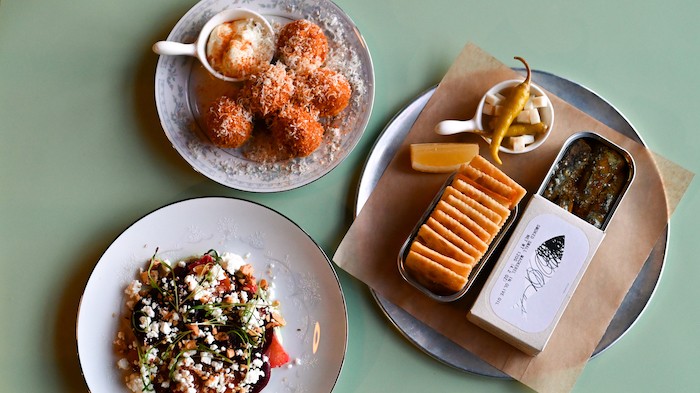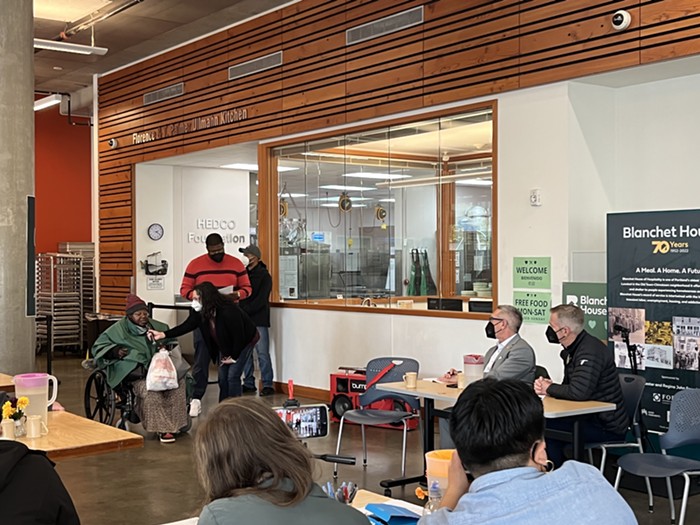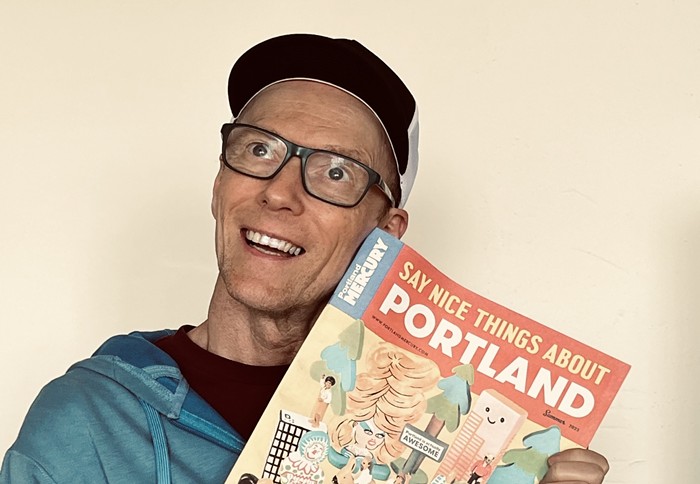
As our favorite movies and television provide solace over the ongoing COVID-19 pandemic, the workers responsible for making them have been busy looking critically at the state of their industry.
Over the past several months, the International Alliance of Theatrical Stage Employees (IATSE), a union representing thousands of crew members in a variety of fields from construction to set medics, has been part of the recent groundswell of nationwide union activity pushing for better working conditions and pay.
This organizing reached its zenith when film and television production in the United States almost ground to a halt earlier last month, as members were fully prepared for a strike on October 18. A stunning 98 percent of all union votes cast were in favor of a strike, which would have been IATSE’s first in its 128-year history. The strike was averted in a last minute deal reached by leadership with the major studios just two days prior. However, it’s unclear whether enough IATSE members will vote in favor of that deal in coming weeks, meaning a future strike is still a possibility.
What is certain is that union membership is more active and engaged than it has been in decades. That includes members of IATSE Local 488, the chapter covering Oregon, Washington, Northern Idaho, and Montana.
Mae Costello has been a set medic in Oregon for nine years, and sees the current union organizing as necessary to help push things in a better direction. For Costello, long working hours are a main concern.
“Often on set, it's not uncommon to work 14 to 16 to 17 hour days, and then you do that five days in a row,” she said.“Then by the end of the week, you’re basically working overnight from Friday into Saturday.”
These hours are common across the industry. IATSE members have been sharing horror stories of people falling asleep and sometimes losing their lives while commuting back from working for gruelingly long days. Since August, these narratives have found a life on the Instagram account IATSE Stories.
"When bad situations happen and people die, that draws attention to the safety world. That’s the only time that we have to make change. It seems that safety is built on buckets of blood.”
Portland-based worker and industry veteran Rachel Lipsey has one such story.
Since 2003, Lipsey has been working in craft services, meaning she provides snacks and hydration to the crew while they're working. This job requires her to be one of the first on set and one of the last to leave. Lipsey’s husband also works in the industry, and she recounted one time when they were both working long hours on a Portland set.
“I was driving a five-ton truck back home, and my husband was driving a van behind me,” Lipsey said. ”We would keep our [radios] on because we had to talk to each other to make sure we didn’t fall asleep on the way home. We both admitted that at every stop light, we did close our eyes. We couldn’t stop ourselves.”
Lipsey said she still appreciates the connections she has made with a "family" of fellow workers. This silver lining is a commonality across a job where bonding comes from frequent late nights, but Lipsey said the perils of many jobs became too much for people she grew close to.
“It was really dangerous work,” Lipsey said. “We got really close to a bunch of people. We lost a few people because they actually lost their minds.”
Anne Sellery has been working as a special effects and make-up artist for 12 years, first in Seattle and now in Portland. She said the connections she’s formed were born out of shared struggle and support.
You kind of 'trauma bond' through the hours and the long nights,” Sellery said. “We would do a Friday night, a ‘Fraturday,’ finish the week out with the sun rising on Saturday morning. Come home, go to sleep. Wake up Sunday, do your laundry, maybe meal plan. Then go right to bed at eight to get up at five to start again.”
The long hours have been a key concern echoed across the country, including most recently when workers walked off on a shoot in New Mexico over poor working conditions.
At the same shoot, just hours after workers walked off, cinematographer Halyna Hutchins was shot and killed by lead actor Alec Baldwin, who was holding a prop gun he said he thought was safe to use. Baldwin also shot director Joel Souza, who has since been released from the hospital. Investigations into Hutchins' death are still ongoing.

Local IATSE members point to that incident as yet another example of a need for better protections. John Pearson-Denning, a Portland-based armorer—someone who handles weapons and other dangerous props on set—said “those types of things should be impossible to occur, and yet they did.”
“I’ve been loath to point fingers,” Pearson-Denning added, “but all I can say is that it seems like no safety protocols or procedures were followed.”
These concerns are shared by Portland-based Rickey Lepinski, who is an Occupational Safety and Health Administration (OSHA) outreach specialist on film sets.
Lepinski said he would rather see proactive action taken on worker safety, though fears action is only taken after something goes wrong.
“We need a lot of work as far as occupational safety,” Lepinski said. “This is the unfortunate truth. When bad situations happen and people die, that draws attention to the safety world. That’s the only time that we have to make change. It seems that safety is built on buckets of blood.”
And as more and more streaming sites clamor for content, workers are putting in more and more work as craftspeople without seeing the benefits.
“Everybody is searching for the next big thing that some aggregator has decided is good,” Pearson-Denning said. “These aggregators are not creators—Netflix and Amazon. They haven’t brought anything to the table but money.”
That money is what drives and fuels much of the rush to have shorter, faster shoots that push hours to dangerously long lengths.
“It’s an industry that’s driven by profit,” Costello, the set medic, said. “Often productions will try to save money, and if that means that they jeopardize safety in doing that, that’s something I see happen a lot.”
“There has been tremendous member engagement that we haven’t seen in our local’s history and across the nation. We are looking at how we can capture that.”
Costello, who worked on the Portland-set show Shrill, is planning to start nursing school soon, in search of a new career path.
“I’m excited to have a change in that way, but I really have enjoyed working in the film industry,” she said. “If the hours were better and it was more sustainable, I would probably stay in it.”
Sam Ross, a local set dresser since 2012, sees his fellow workers pushing back on these conditions as part of a larger, pandemic-prompted worker uprising.
“I’m sure a lot of the conversation got started with people being able to finally take a break,” Ross said. "I think people took stock of their own personal time and realized that maybe they were being myopic as far as just working as hard as they could for whatever company they were working for.”
Ross sees the current moment and its future as a potential inflection point in his industry. He can already see changes on the set he’s currently working on.
“This has definitely been eye-opening, in that it’s one of the first productions [where] if we’ve gone over ten hours on a shooting day, I’d be surprised,” Ross said.
This glimmer of hope that things could begin to improve for worker’s futures is front-of-mind for cdavid cottrill, the southern business agent for IATSE Local 488.
“There has been tremendous member engagement that we haven’t seen in our local’s history and across the nation,” cottrill said. “We are looking at how we can capture that.”
For the local IATSE chapter, this means taking that energy forward to future contract agreements and “building on what we have achieved.”
“We have built solidarity alliances, not only amongst other IATSE locals, but also with other labor organizations,” cottrill said. “We have a really great labor movement that has not reached its peak yet. It just will continue to build, continue to ramp up, and continue to support each other.”


















